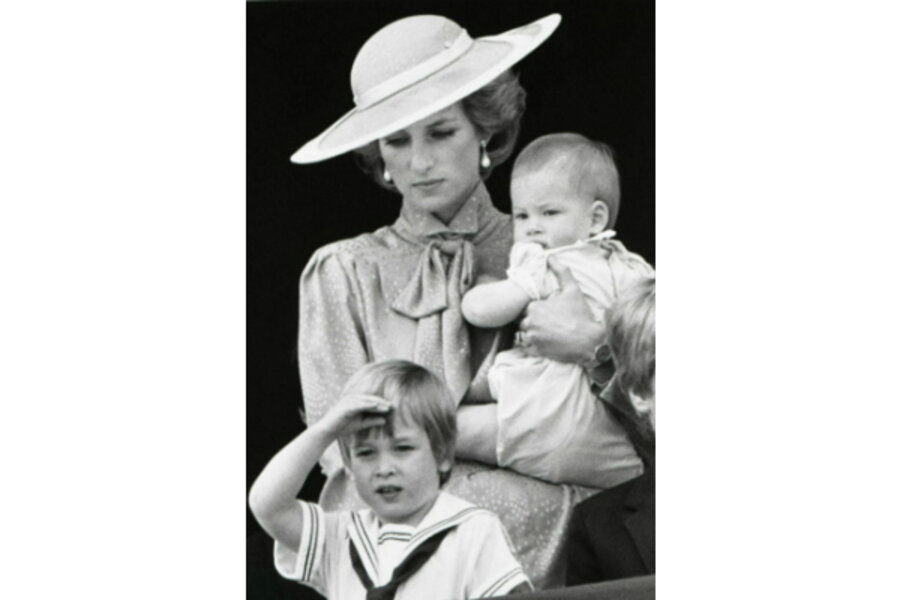Prince William, now 31, is going to be a father soon. The media circus surrounding him and particularly his wife Kate Middleton has trebled since Buckingham Palace announced Kate was pregnant.
A Royal Air Force pilot, William will leave the service in 2014, according to The Daily Mail. His career in the RAF began in 2009, after three years in the Army. In 2009, he earned the rank of Flight Lieutenant and started helicopter training in order to become a full-time pilot with the Search and Rescue Force, as reported in The Christian Science Monitor. After he completed his training, he became co-pilot on rescue missions on board the Sea King helicopter. In William's last rescue mission, in 2011, he saved two sailors during an operation in the Irish Sea.
This photo of a young Prince William saluting the troops foretold the military service his position would require one day.







